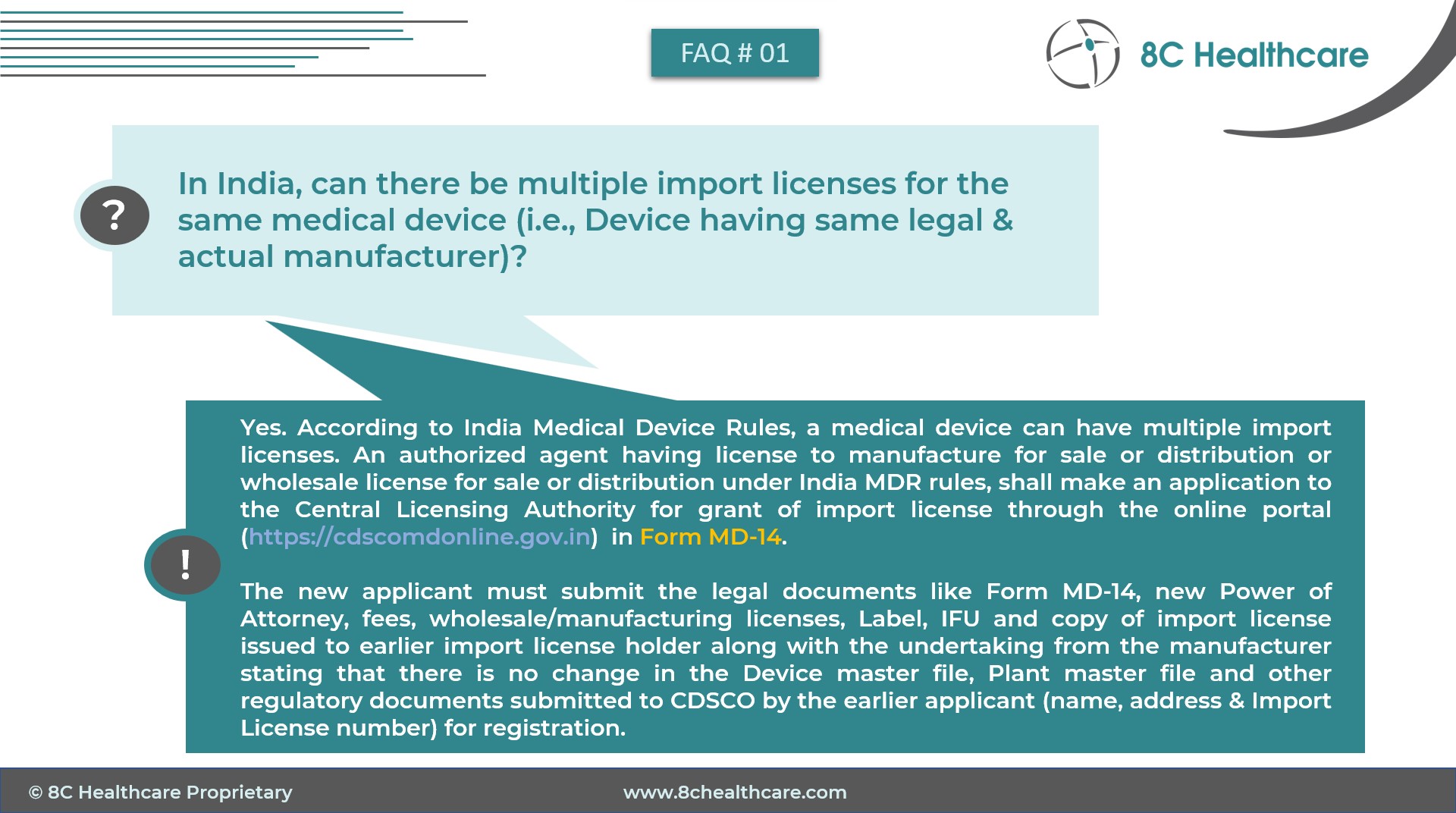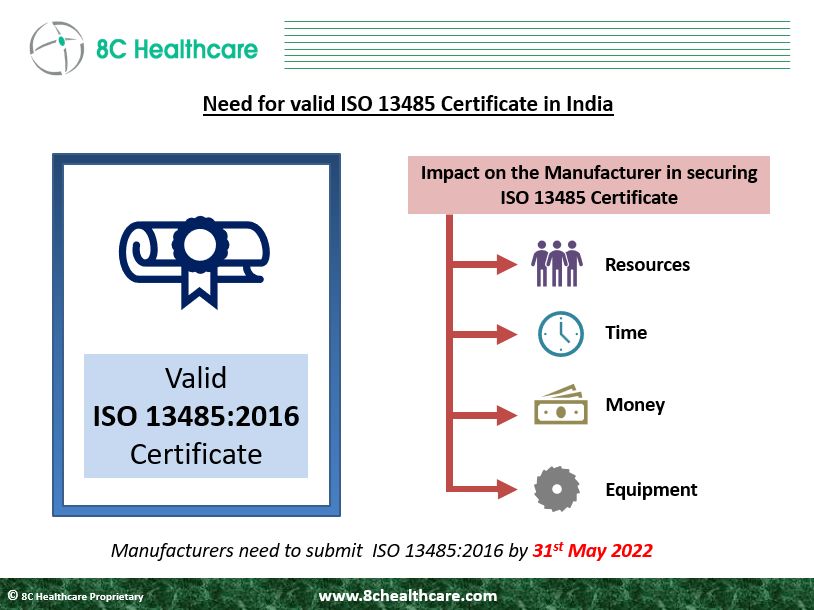Medical Device Regulations in Australia
Australia, known for its robust healthcare system and commitment to patient safety, has established stringent regulations governing the approval and commercialization of medical devices. The Therapeutic Goods Administration (TGA), a division of the Australian Department of Health, serves as the regulatory authority responsible for overseeing the safety, efficacy, and quality of therapeutic goods, including medical devices, in Australia.
Device Classification: Medical devices in Australia are categorized into four classes based on their potential risks and the level of regulatory control required:
- Class I: Low risk
- Class IIa, IIb: Medium risk
- Class III: High risk
Conformity Assessment Procedures: The conformity assessment process varies based on the device class. For Class I devices, the manufacturer can self-certify compliance with the Essential Principles. Higher-risk devices (Class II and III) generally require involvement from a TGA-registered Conformity Assessment Body (CAB).
Australian Register of Therapeutic Goods Listing (ARTG)
All medical devices intended for supply in Australia must be included in the ARTG. This involves submitting an application to the TGA, demonstrating compliance with the Essential Principles, and providing evidence of conformity assessment for higher-risk devices.
Essential Principles: Manufacturers must demonstrate that their devices meet the Essential Principles, which include criteria related to design, construction, performance, and labeling. Compliance is crucial for obtaining TGA approval.
Unique Device Identification (UDI): Australia has adopted the UDI system to enhance traceability and facilitate the monitoring of devices throughout their lifecycle. Manufacturers are required to include UDI on their device labels.
Post-Market Obligations: Post-market surveillance is a vital aspect of the regulatory framework. Manufacturers must actively monitor and report adverse events, undertake corrective actions when necessary, and keep the TGA informed about any changes to the device or its labeling.
In-Vitro Diagnostic (IVD) Devices: Specific regulations govern IVD devices in Australia. Manufacturers must comply with the In-Vitro Diagnostic Medical Devices (IVD) Regulation, which includes conformity assessment requirements and registration on the ARTG.
Changes to Regulations: Regulatory frameworks are subject to periodic updates. Manufacturers should stay informed about changes to the Australian regulations to ensure ongoing compliance.
International Harmonization: Australia actively participates in international efforts to harmonize medical device regulations. The recognition of overseas regulatory assessments and conformity assessments aims to streamline the approval process for manufacturers.
Regulatory Authority and Pathway: Regulated by the TGA under the Australian Therapeutic Goods (Medical Devices) Regulations 2002, medical devices must undergo the Australian Register of Therapeutic Goods (ARTG) inclusion for marketing. Manufacturers must appoint an Australia TGA sponsor, with 8C Healthcare having a successful track record in assisting companies through this process.
Quality Management System (QMS) Requirement: ISO 13485:2016 certification is a prerequisite for TGA medical device registration, ensuring that manufacturers adhere to international quality standards.
TGA Medical Device Classification: Similar to the EU classification, Australian medical devices fall into classes I, IIa, IIb, and III based on their risk level. 8C Healthcare aids in classifying devices appropriately, aligning with TGA regulations.
- Class I: Low Risk
- Class IIa: Low-Moderate Risk
- Class IIb: Moderate-High Risk
- Class III: High Risk
Authorized Representative/Sponsor: Termed as a sponsor, the authorized representative acts as a liaison between the manufacturer and TGA, playing a crucial role in regulatory compliance and representation.
Medical Device Registration Procedure:
The registration process varies based on device class:
- Class I: Manufacturer’s declaration of conformity
- Other Classes: Submission of the Australian Declaration of Conformity, QMS certification, manufacturing evidence, and audits for specified devices. 8C Healthcare provides end-to-end support, ensuring compliance with TGA timelines.
Post-Approval Life Cycle Management: 8C Healthcare supports manufacturers through post-approval activities, including change management, maintenance of approvals, renewal of licenses, and continuous compliance monitoring. With a regional office in Australia, 8C Healthcare’s professional team ensures manufacturers meet evolving regulatory standards.
Summary of TGA Timelines:
- Low Risk (Class I): Immediate ARTG listing
- Low-Moderate Risk (Class IIa): 230-250 TGA working days
- Moderate-High Risk (Class IIb): 230-250 TGA working days
- High Risk (Class III): 230-250 TGA working days
8C Healthcare’s Supportive Services:
8C Healthcare offers comprehensive services, including Australian sponsor support, e-business system management, conformity assessment, MDSAP certification support, ARTG listing, labeling assistance, distributor qualification, post-marketing surveillance, change management, license renewal and transfer, and submission and liaising services with the TGA.
Navigating the TGA medical device regulations demands a thorough understanding of classification, conformity, and post-approval obligations. With 8C Healthcare’s expertise and support, manufacturers can confidently navigate the complexities, ensuring their devices meet the highest regulatory standards for successful market access in Australia.


